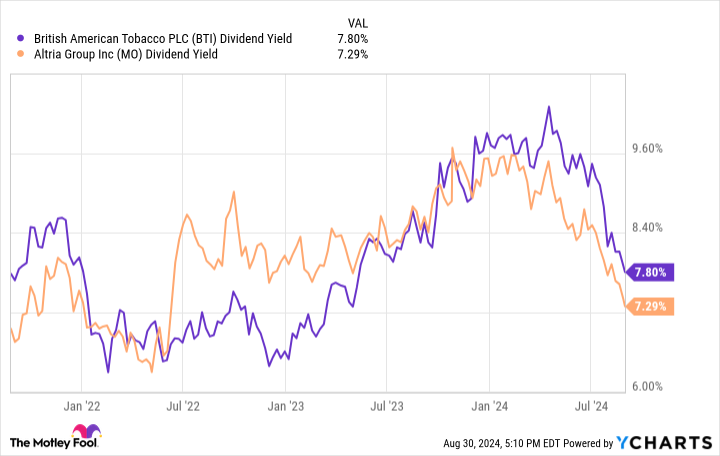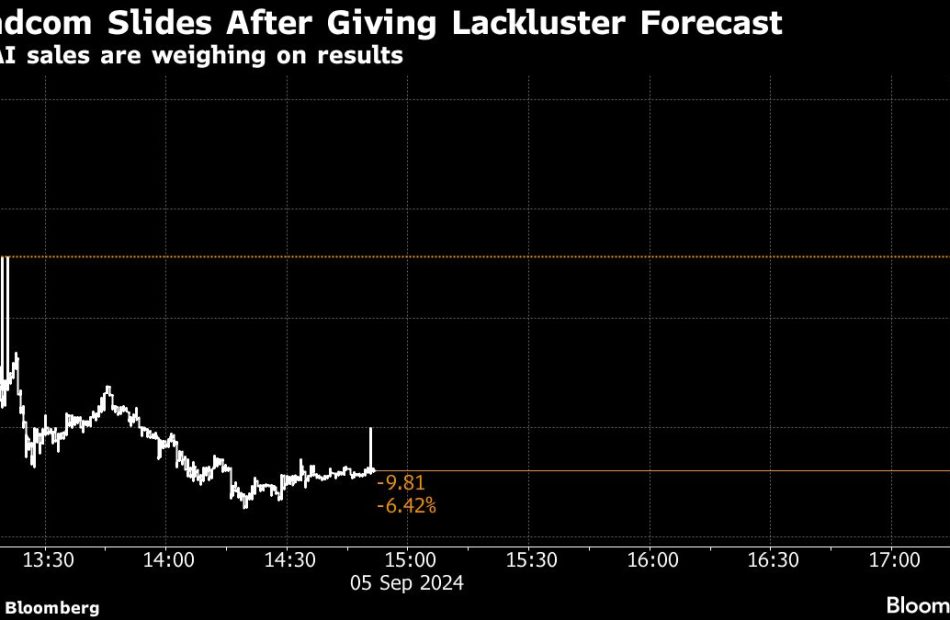LOS ANGELES, Sept. 05, 2024 (GLOBE NEWSWIRE) — Glancy Prongay & Murray LLP (“GPM”) reminds investors of the upcoming October 1, 2024 deadline to file a lead plaintiff motion in the class action filed on behalf of investors who purchased or otherwise acquired Indivior PLC (“Indivior” or the “Company”) INDV securities between February 22, 2024 and July 8, 2024, inclusive (the “Class Period”).
If you suffered a loss on your Indivior investments or would like to inquire about potentially pursuing claims to recover your loss under the federal securities laws, you can submit your contact information at www.glancylaw.com/cases/Indivior-PLC-1/. You can also contact Charles H. Linehan, of GPM at 310-201-9150, Toll-Free at 888-773-9224, or via email at shareholders@glancylaw.com to learn more about your rights.
On July 9, 2024, Indivior disclosed that it would be immediately ceasing all sales and marketing activities related to its schizophrenia treatment, PERSERIS due to the highly competitive market “and impending changes that are expected to intensify payor management in the treatment category in which PERSERIS participates.” Additionally, the Company significantly reduced its 2024 net revenue guidance.
On this news, Indivior’s stock price fell $5.15, or 33.6%, to close at $10.19 per share on July 9, 2024, thereby injuring investors.
The complaint filed in this class action alleges that throughout the Class Period, Defendants made materially false and/or misleading statements, as well as failed to disclose material adverse facts about the Company’s business, operations, and prospects. Specifically, Defendants: (1) grossly overstated their ability to forecast the negative impact of certain legislation on the financial prospects of Indivior products, which forecasting ability was far less capable and effective than Defendants had led investors and analysts to believe; (2) overstated the financial prospects of SUBLOCADE, PERSERIS and OPVEE, and thus overstated the Company’s anticipated revenue and other financial metrics; (3) knew or recklessly disregarded that because of the negative impact of certain legislation on the financial prospects of Indivior’s products, Indivior was unlikely to meet its own previously issued and repeatedly reaffirmed FY 2024 net revenue guidance, including its FY 2024 net revenue guidance for SUBLOCADE, PERSERIS and OPVEE; (4) knew or recklessly disregarded that Indivior was at a significant risk of, and/or was likely to, cease all sales and marketing activities related to PERSERIS; and (5) as a result, Defendants’ positive statements about the Company’s business, operations, and prospects were materially misleading and/or lacked a reasonable basis at all relevant times.
Follow us for updates on LinkedIn, Twitter, or Facebook.
If you purchased or otherwise acquired Indivior securities during the Class Period, you may move the Court no later than October 1, 2024 to request appointment as lead plaintiff in this putative class action lawsuit. To be a member of the class action you need not take any action at this time; you may retain counsel of your choice or take no action and remain an absent member of the class action. If you wish to learn more about this class action, or if you have any questions concerning this announcement or your rights or interests with respect to the pending class action lawsuit, please contact Charles Linehan, Esquire, of GPM, 1925 Century Park East, Suite 2100, Los Angeles, California 90067 at 310-201-9150, Toll-Free at 888-773-9224, by email to shareholders@glancylaw.com, or visit our website at www.glancylaw.com. If you inquire by email please include your mailing address, telephone number and number of shares purchased.
This press release may be considered Attorney Advertising in some jurisdictions under the applicable law and ethical rules.
Contacts
Glancy Prongay & Murray LLP, Los Angeles
Charles Linehan, 310-201-9150 or 888-773-9224
shareholders@glancylaw.com
www.glancylaw.com

Market News and Data brought to you by Benzinga APIs
© 2024 Benzinga.com. Benzinga does not provide investment advice. All rights reserved.





















